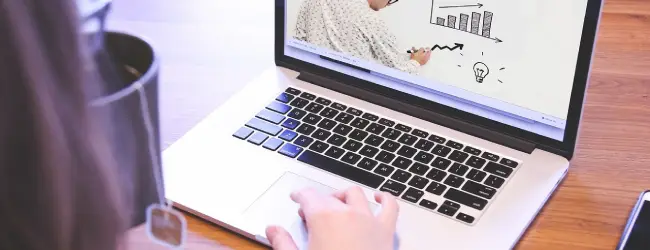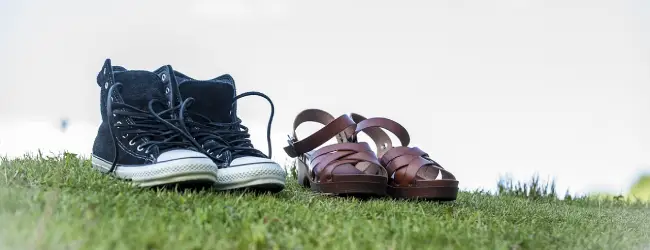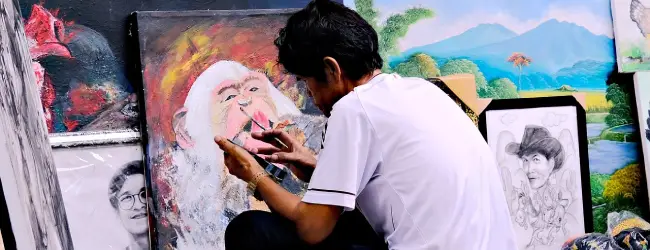Let’s talk about how to find our strength. I think that “Why only me” indicates our strength.
How to get our business ideas
One day, I saw a tweet on SNS like the following: “Why only I cannot do it.” The person liked to draw. And he wanted to make it his business. So he tried to sell his paintings online, like other famous painters. But nobody bought his work. That made him depressed.
Sometimes, we are depressed after failing to try. Many other famous people can do it easily, and they are telling us how to do it. And they always tell us that it is easy, as everyone can do it.

So we believe we can do it as well as them if we learn from them. Because we feel that we are similar people to these famous creators. But we often fail because we have different characteristics or circumstances. It makes us feel like worthless people. So we feel, “Why only me.”
But such unique characteristics or circumstances could indicate our strength. This recognition might give us new possibilities.
The thinking styles we use
To explain that, let’s see two people who have different thinking styles. One is the person who takes action by referencing the style of the others. The other is the one who takes action by sharing his unique situation. We call these the similarity-first style and the difference-first style.

The similarity-first style
The first style is the similarity-first style. This is for people who have fewer characteristics. Because the more prerequisites are the same, the easier it is to imitate. So if we have fewer characteristics, we can easily succeed by imitating the good style of others.
But for someone who has strange characteristics or unique circumstances, we may often follow the failing flow as below:
- I like to draw. So I want to make a profit with it.
- How should I sell it? Let’s take a look at the others and imitate them. If they can do it, I can do it, too. Or if I follow their words, I can do it, too.
- There are so many better creators than me. My works are unlikely to sell. But I should try it.
- My works were not sold.

The difference-first style
On the other hand, there is another style, which we call the difference-first style. We can find out our unique points and share them with others. At such a time, we may often follow the success flow as below:
- I’m different from those around me. Only I like to draw.
- I found that this way is better for someone like me. Let’s share it with someone who is like me and lives in another society.
- I was appreciated by people like me because there are few people like me.
- Let’s dig deeper.
- Then I’m also different from those who like to draw like me. Only I like to draw in this category.
- I found that this way is better for someone like me. Let’s share it.
- I was appreciated by people like me in this category.
- Let’s dig deeper!

Making our characteristics into our strengths
Perhaps this is the difference in how to make our characteristics well. We can find several differences, as follows:
- The former (the similarity-first style) assumes that everybody is similar. The latter (the difference-first style) assumes that everybody is different.
- The former imitates others. The latter create their way.
- The former try to get. The latter try to share.
- The former is easy to depress by comparing better creators. The latter is difficult to compare because they know that we are all different.
- The former refuses strange characteristics. The latter accepts them.

And for the person who has characteristics, it would be fitting to apply the difference-first style. The people who succeeded with their individuality might have often said, “See the difference, create your ways, share them, don’t compare them, accept individuality.”
In my opinion, these styles will work well if these elements are integrated. But the more confusing it is, the less it will work.
Conclusion
So I think that “Why only me” indicates our strength.
We often feel, “Why only I cannot do it?” But the unique area could be our strength. If we apply the difference-first style, we might be able to change our way of thinking.
That might give us new possibilities.
Thank you for reading this article. I hope to see you at the next one.


